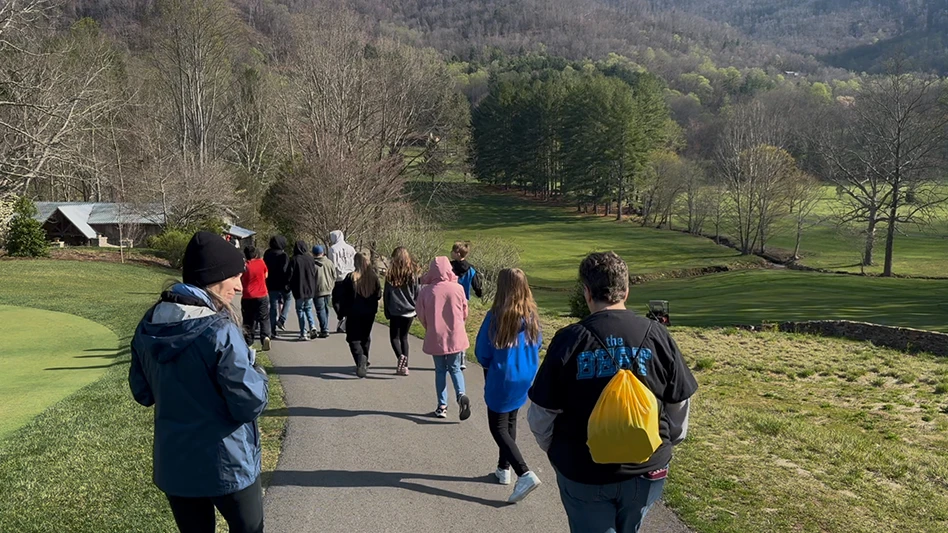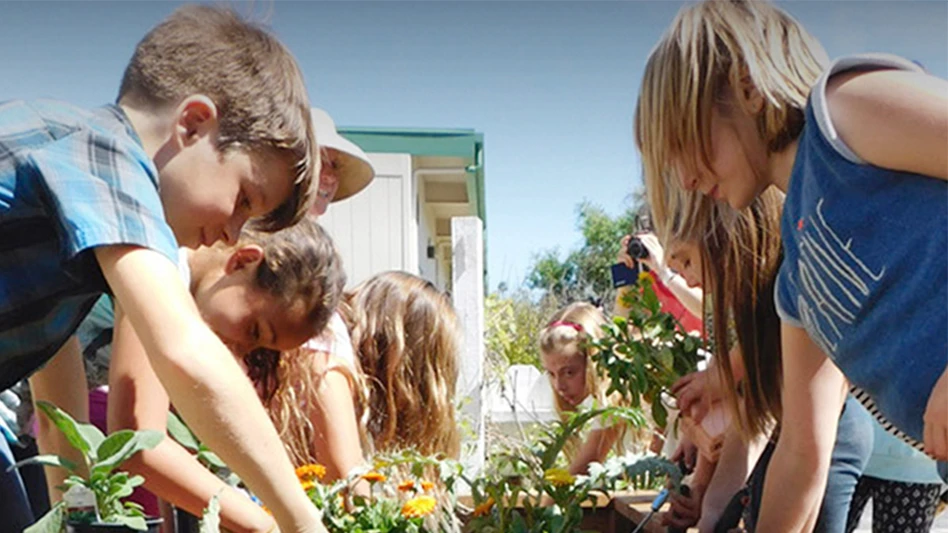
In golf, style applies to many things. Each architect has a design style, the pros have different swing styles, there are many different styles of golf apparel. But you don’t hear much about superintendents having their own styles. The general public assumes we all do things the same way, or there isn’t much variation in what we can do.
Wrong.
With the explosion in golf’s popularity, maybe it’s time you consider your personal golf course aesthetic and agronomic style. Besides forcing you to think about what you do and why, it will enable you to explain to your staff and your members how you want the course to look and perform, and to define yourself in job interviews.
Early in my career, superintendents tended to adopt the style of their mentors, often evolving from a “family tree” started by the best in the business: Paul Latshaw, Oscar Miles, David Stone and my mentor, Fred Meda. Under Fred’s tutelage, my style was formed, one that I would describe as a tireless work ethic and dedication to the golf course.
Latshaw, who famously was the superintendent at Oakmont Country Club, Augusta National, Wilmington Country Club and Congressional Country Club, had an enormous impact on our profession. When he retired, his protégés and past assistants oversaw agronomy at seven of the top 10 courses in the country. Paul’s emphasis was on preparing courses to championship standards and challenging the players to beat him and his courses.
I’m not here to recommend one style over another. But if you’ve never thought about your style, maybe it’s time. Here are some factors to consider:
Type of operation. What kind of facility are you at? Private? Daily-fee? Resort? Single-owner? Management company? Equity ownership? Whether you report to one person or answer to a committee will affect daily setup, feature presentation and, perhaps most significantly, budget.
Type of course. Classic or modern? Name architect or not? When a course was designed (or redesigned) and by whom is critical to how it is meant to be played. There are many and varied maintenance practices for maintaining and showcasing features that are part of that person’s and/or era’s style.
I know a superintendent who is a Donald Ross devotee. His original goal was to get a job at a Ross course (which he did), and then ascend to another, more prestigious, Ross course (which he did). He’ll soon have the opportunity to oversee the renovation of his Ross course to make it more suitable to the modern era.
No surprise, his preferred aesthetics are the typical Ross attributes: open-front greens allowing run-up approach shots; layouts that follow the natural contours of the land; shallow bunkers; and green surfaces located above their surrounds. His preparation and style embrace and enhance these characteristics.
Geography. Another superintendent I know is all about the mountains. He only wants to maintain courses in those environments, preferring to prepare courses at high altitudes. Some of you and your style may fit the classic, fescue look found throughout New England; others like the flattish, water-rich layouts prevalent in Florida. They definitely don’t all look — or are maintained — the same. But when your style meets the correct course, everyone wins!
Who is playing the course? Are you preparing it for members, daily-fee golfers or resort guests? Each audience comes to a course with a different set of expectations, and your presentation must both challenge and entertain them.
If the type of player — particularly their skill or lack thereof — is forcing you to adopt an uncomfortable style of maintenance, then maybe it’s time to change. If the greens can’t be too fast because most players can’t handle them, or if your golfers expect “championship conditions” day after day without a proper budget, labor and equipment, that’s going to negatively affect your maintenance style.
Is your “style” really what you like? How do you feel about how you have to maintain and prepare your course? Do you love it? Or is it just a job? These are all important considerations, especially when you go looking for another job. The search committee will want you to describe your style. What style is going to make you happy, and how unhappy will you be if you can’t prepare the course to that style? These are all things to keep in mind.
Editor’s Note: Not sure of your superintendent style? Or looking for ways to change your style? Visit www.golfcourseindustry.com for more style guidance.

Explore the June 2024 Issue
Check out more from this issue and find your next story to read.
Latest from Golf Course Industry
- The Aquatrols Company hires marketing manager
- Renovating Bredemus in West Texas
- Renovation starts at Okatie Creek GC at Sun City Hilton Head
- The Fittest Podcast in Turf: Episode 1
- New 6-hole course debuts in Oklahoma
- GCSAA announces Grassroots Ambassador Leadership Award recipients
- Reel Turf Techs: David Gummo
- PBI-Gordon promotes two to executive level





